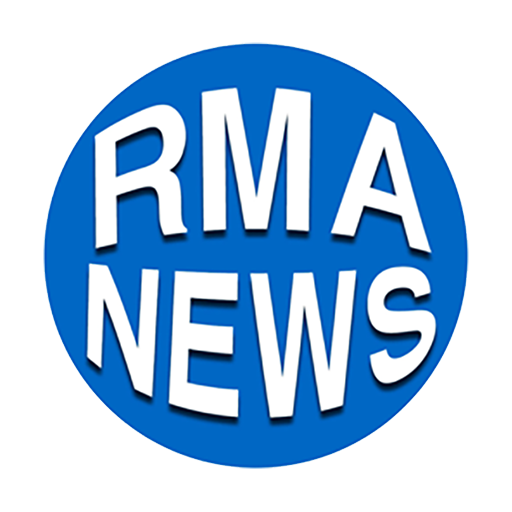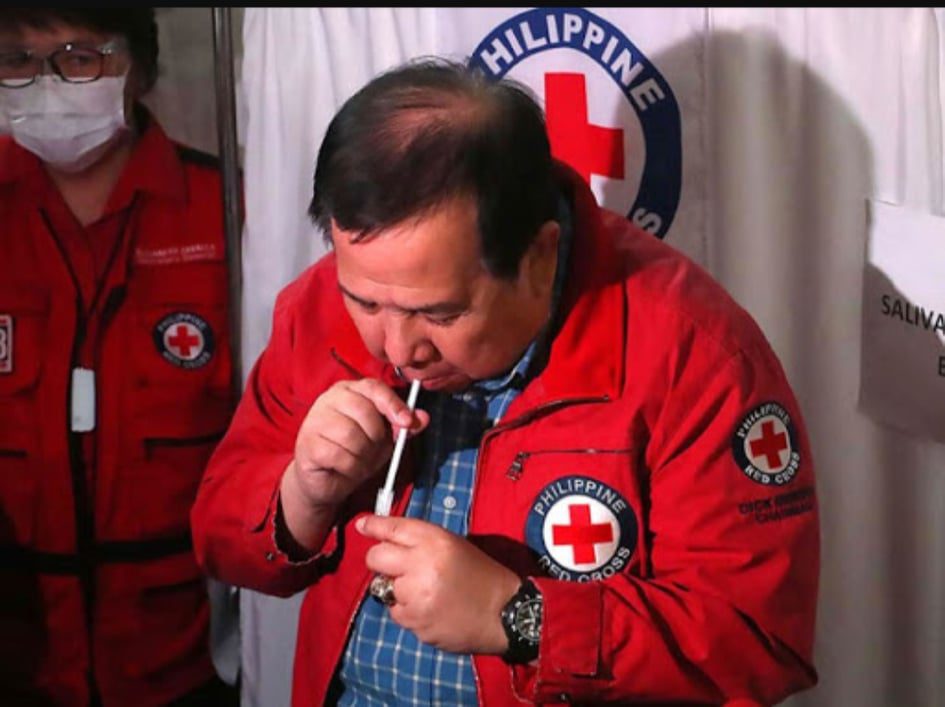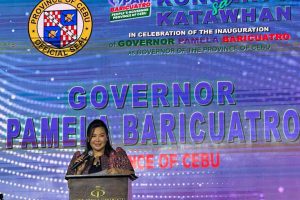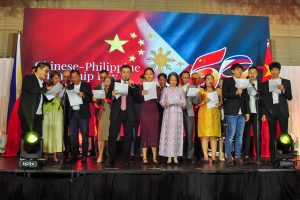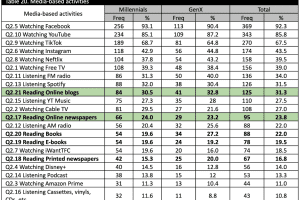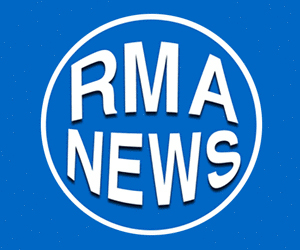MINERVA BC NEWMAN
TAGBILARAN CITY— The Province of Bohol now allows the use of saliva nucleic acid amplification testing (NAAT) in collecting samples for the Reverse Transcription Polymerase Chain Reaction (RT PCR) over the nasopharyngeal swab only for tourists availing of the Tourist Bubble and Persons Outside Residence (APORs) effective February 2 via Executive Order No. 9.
Bohol governor Arthur Yap said this is to strategically balance health and economic goals of the province as well as focusing on testing and contact tracing.
The Department of Health (DOH) has said that the use of saliva as an alternative specimen for RT-PCR testing especially as used by the Philippine Red Cross (PRC) laboratories has been approved by the Research Institute for Tropical Medicine (RITM) as of 21 January 2021.
In reports, a PRC saliva RT PRC test costs P2,000 compared to the P4,500 for the nasopharyngeal swab test by molecular laboratories.
Apart from being reportedly cheaper and less invasive than nasopharyngeal swab, saliva-based test accordingly allows self-collection and spares healthcare professionals the risk of getting infected during collection; preserves personal protective equipment for longer use; and allows broader testing than the nasal or throat swabs resulting in more screenings, the EO said.
The Philippine Information Agency (PIA) here said that on November 13, 2020 the governor issued Executive Order No 53, providing for the guidelines in the implementation of the Bohol Tourist Bubble that allowed the entry to Bohol tourists who would be attending meetings, incentives, conventions and conferences as well as exhibits (MICE) and events, as coordinated by the Bohol Tourism Office.
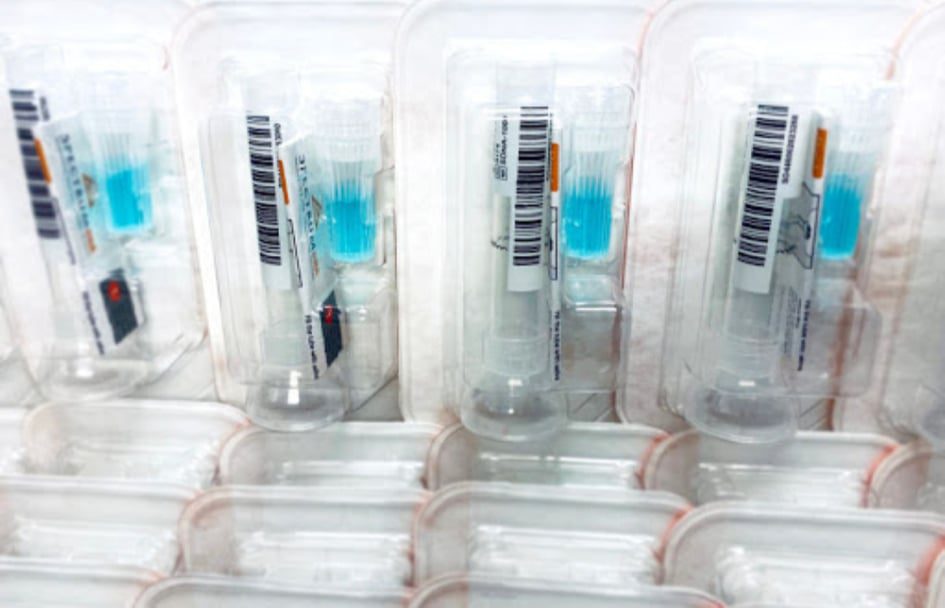
PIA-Provincial heal Rey Anthony Chui added that the tourists however need to present a negative for COVID-19 test results through an RT-PCR test, taken not earlier than 72 hours prior to their travel to Bohol. This somehow hampered the desired rise in economic activities in the province.
In December 2020, Chui said that another Executive Order No. 53-A was signed to broaden those that can come in, which now includes free-and- independent-travellers (FIT), reiterating that those coming in should not leave their respective tourism bubbles.
The two earlier executive orders also mandate that tourists staying over five days would have to undergo a repeat RT PCR test on their fifth day of stay here, Chui said.
On November 20 last year via executive Order No 54, Bohol adopted new quarantine protocols and simplified the guidelines for sea and air travel to Bohol for locally stranded individuals (LSI), Returning Overseas Filipinos (ROFs) and APORs.
With this new executive order No 9, series of 2021, tourists from outside Bohol who wish to avail of the Bohol Tourist Bubble or join MICE and events can do so by submitting a negative for COVID in a test done by saliva diagnostics via RT PCR.
For APORs, a negative result by saliva NAAT RT PCR would now be the requirement prior to their entry and after arrival, should they decide to leave their tourist and APOR bubbles.







